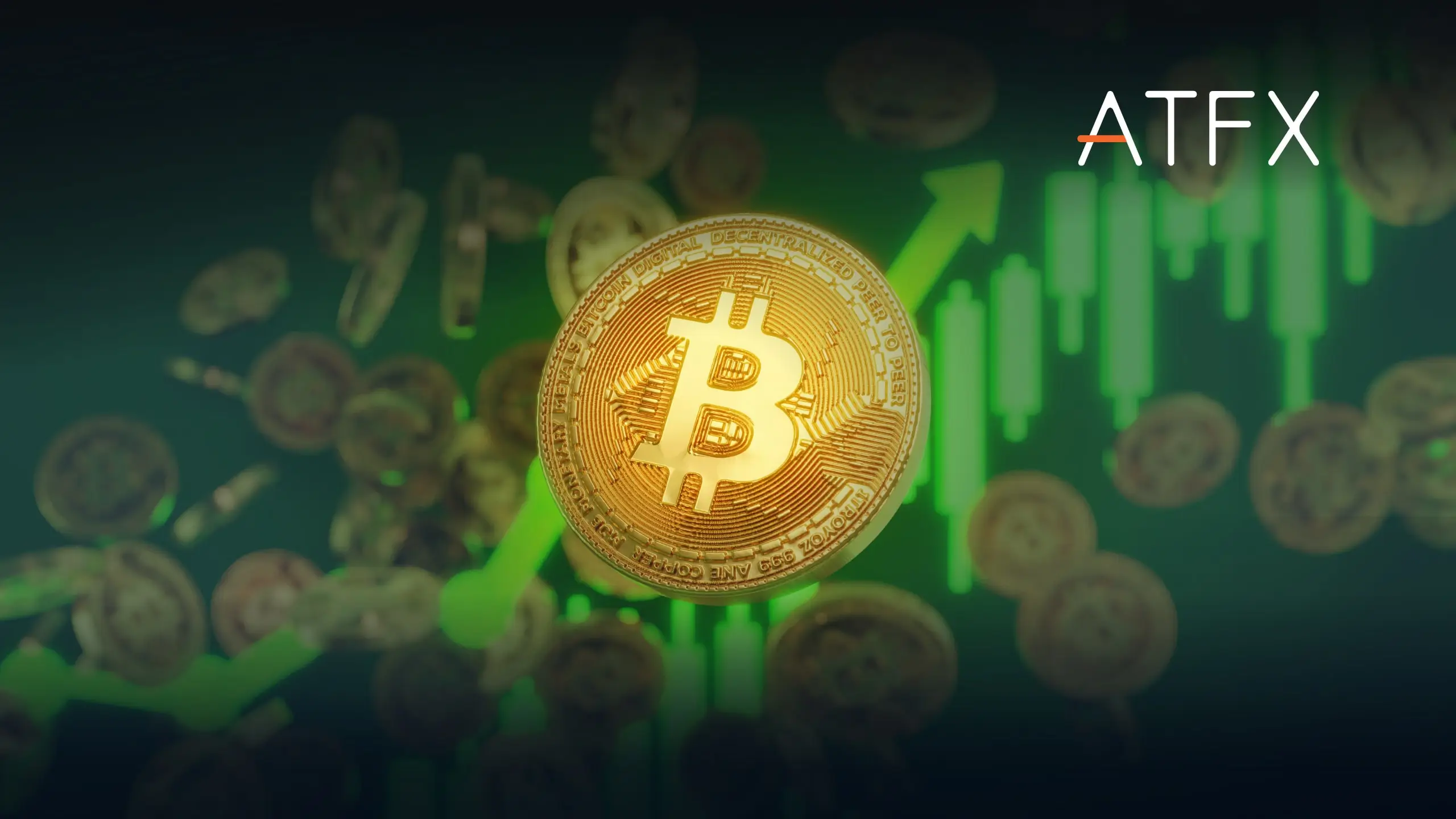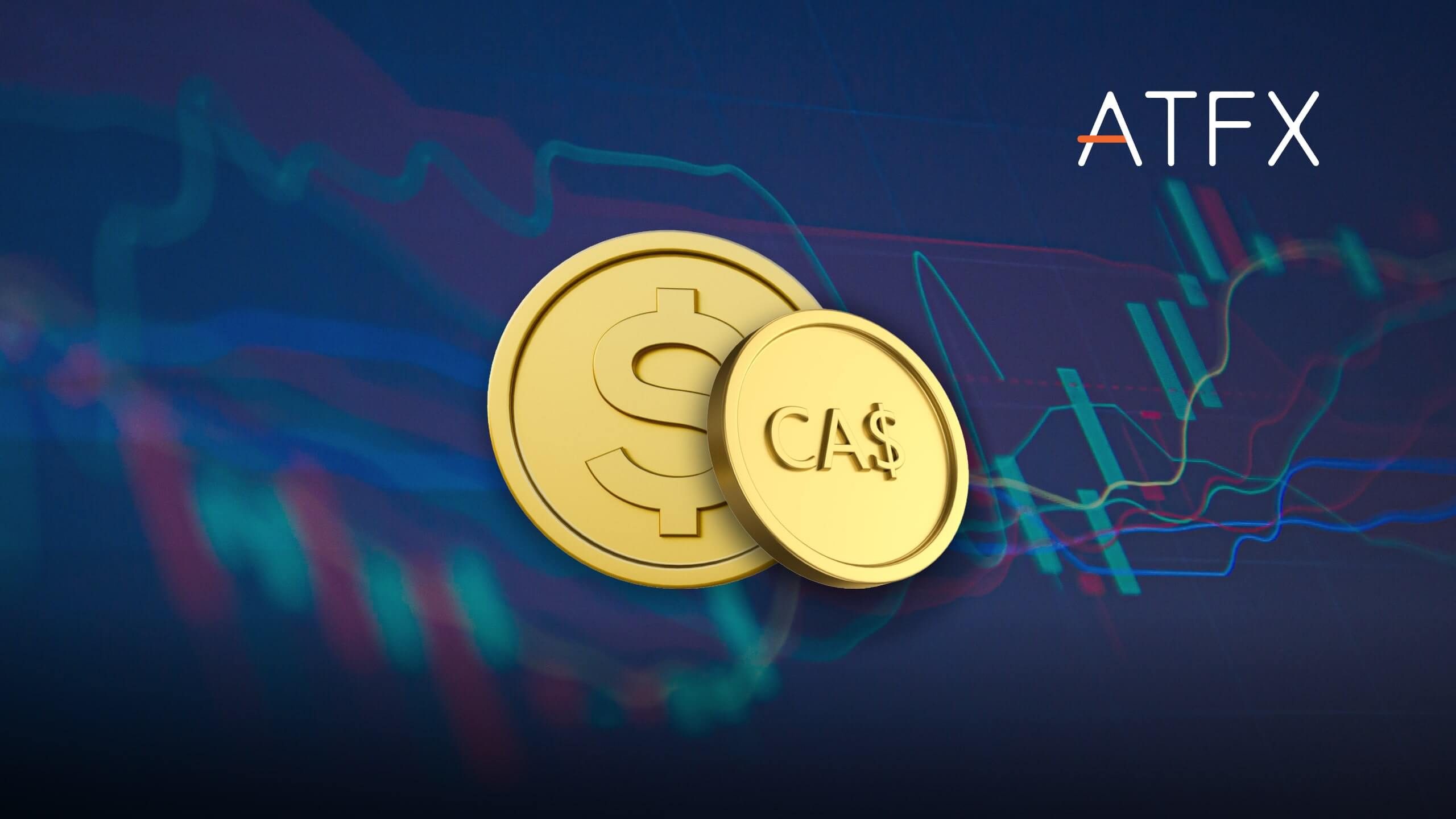Cineworld share price had a stellar return of 331.23% from its October low to November high. However, from today, the Cineworld share price appears to be turning lower, as traders book-profits and investors are reminded of the perils of investing in the cinema operator.
Today, the Financial Times reported that the world’s second largest cinema operator might enter into a voluntary insolvency process called “company voluntary arrangement” or CVA. The purpose is to reduce costs further.
In their latest interim report, Cineworld reported that they had secured $361 million to help them survive. They also reported adjusted profits after-tax loss of $436 million in the first half of 2020. Yet the report was published before they decided to close all their 663 outlets on October 4.
The move to close all their cinemas comes as movie producers have decided to postpone the release of potential cash cow movies like the latest James Bond flick until April 2021.
With no new films to show, Cineworld opted to shut their doors temporarily. This was then followed by a second UK national lockdown. There are talks of allowing people to meet over Christmas followed by another month of lockdown. The furlough scheme is set to end in March 2021 and gives an indicator of how long the second lockdown might last.
In the US, COVID-19 cases continue to soar, and when President-elect Joe Biden takes power, it is likely that some restrictions will be placed in the US as well.
Even if Cineworld wanted to open their doors, it is looking like COVID-19, lack of good movies, and lockdowns will stop people from enjoying the cinemas.
Learn more about shares trading with us
Why did Cineworld share price soar?
The Cineworld share price rose sharply on November 9 as Pfizer reported their vaccine had a 90% success rate. One week later, Moderna reported that their vaccine had a 95% success rate. The news of the vaccine is great and caused investors to buy with the anticipation of Cineworld being able to survive this COVID-19 winter. However, it is unlikely that Cineworld’s money will last according to some analysts.
A race against time, will the money last?
In a Telegraph article published on November 10, analysts said that the cinema operator would need to raise £380 million to survive until spring. Also, Bank of America, who worked with Cineworld in their attempted acquisition of the rival Cineplex, said that the $400 million Cineworld held in June would not be enough for the firm to survive Christmas. The next few weeks will therefore be critical for Cineworld, and Cineworld share investors, as failure to reduce costs might force the firm to raise new capital. This could dilute the value of the current shareholders.
CINE share price technical outlook
From a technical point of view, the CINE share price is trading within a bearish wedge. The pattern is suggesting that as long as the price trades below the September 1 high of 68.93, we might see a slide to 33 and the October 28 low of 22.72. If the 22.72 level fails to hold, then the lower downward sloping trend line at 14.87 comes into play.
My personal view is that I think Cineworld will survive in one shape or another. However, with money running out fast Cineworld share investors could wake up to a nasty surprise. A good entry point is therefore very important for traders looking to bet on the firm’s revival. I think traders that are not already long will consider buying with low risk around 22.72, and the hope for the new vaccines to be deployed quickly.
How to trade Cineworld shares
Open a live or demo account with ATFX to get started today. Trade shares on leverage, take up a long or short position when trading with CFDs and make potential gains from price movements.
1. Register for an account or log in to your existing account
2. Open MT4 either on your desktop or mobile
3. Search for Cineworld shares in the market watch or symbols window
4. Choose your position size
5. Hit buy or sell, and then confirm the trade
CINE share price daily chart

To see all upcoming news and data releases that’ll have an effect on the financial markets, check out our Economic Calendar. It’ll cover all major releases from global economies and give you the exact time the release is due, the previous data, forecast data and actual data (once released).


